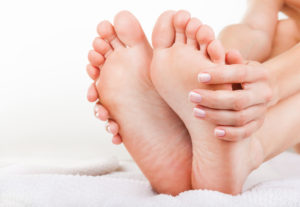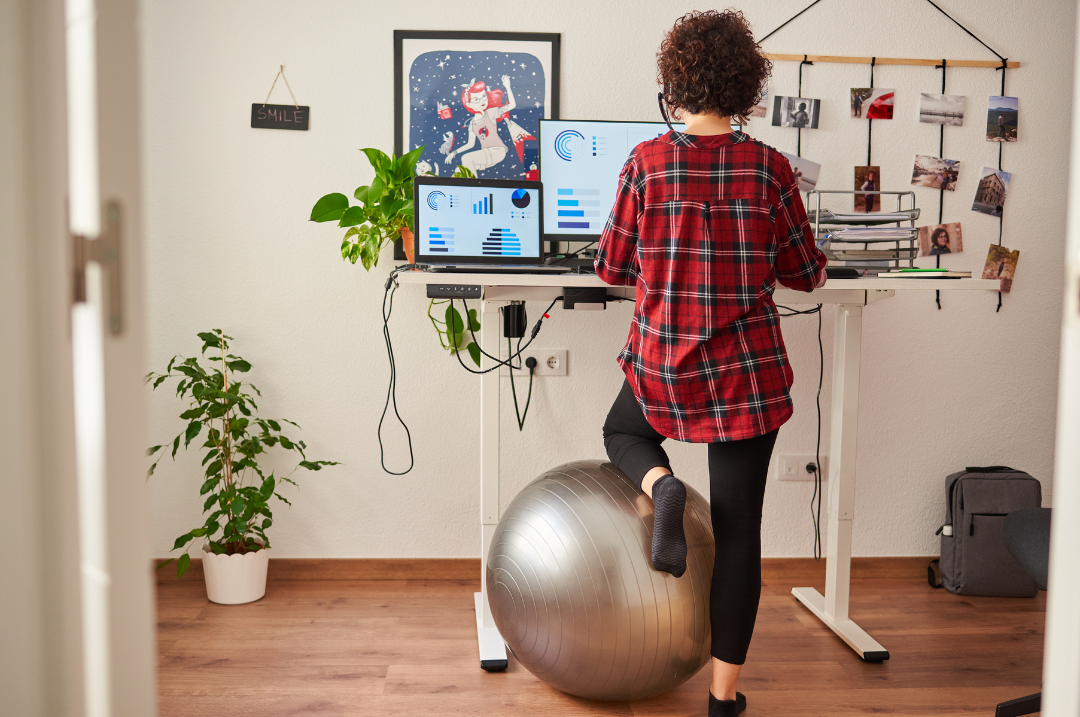Diabetes & The Feet
The Effects: Peripheral Neuropathy & Impaired Circulation
Diabetes can have a devastating impact on your feet because of the way it affects your sensation and your circulation. This results in a serious risk of developing infections and ulcerations – which is why it’s so important to pay special attention to your feet. With diabetes, your symptoms will progressively worsen over time. This means that foot care and advice needs to be specific to the symptoms you’re experiencing and will change over time. This is why it’s important to have regular diabetic foot health screenings to keep you at your best.
Diabetes affects your ability to feel (Peripheral Neuropathy)
Diabetes results in damage to the nerves in your feet and legs. Because the nerves are responsible for our ability to feel and detect even the lightest sensations, damage to our nerves mean our ability to feel worsens, can become mixed up, and may eventually be lost altogether. This is called peripheral neuropathy. Altered sensations often affect the extremities, with changes in the feet typically occurring before the hands. Symptoms include:- Numbness
- Tingling
- Pins and needles
- Burning
Diabetes impairs your circulation
Diabetes also causes damage to the blood vessels, impairing the blood flow to the feet. A poorer blood supply to the feet also means a means a longer healing time for any cuts and breaks in the skin. The feet are already the area furthest distance from the heart, so anything that impairs the blood flow can have a significant impact on the feet. If blood flow is impaired, your feet may experience:- Cold feet
- Pale appearance
- Dry skin
- Brittle nails
- Absence of hair growth on the toes
What can you do?
While there is no cure for diabetes, managing your diabetes and blood sugar effectively can definitely slow down the progression of symptoms and keep your feet as healthy as possible. Knowing all of the risks to your feet and taking preventative measures to reduce your risk of injury is another key aspect of managing diabetes. These include:- Moisturising the feet daily to improve sensation
- Checking for any cuts or breaks in the skin
- Wearing closed shoes outside and slippers inside
- Monitoring how long any wounds take to heal and getting help if it is longer than normal
- Monitoring for signs of infection








